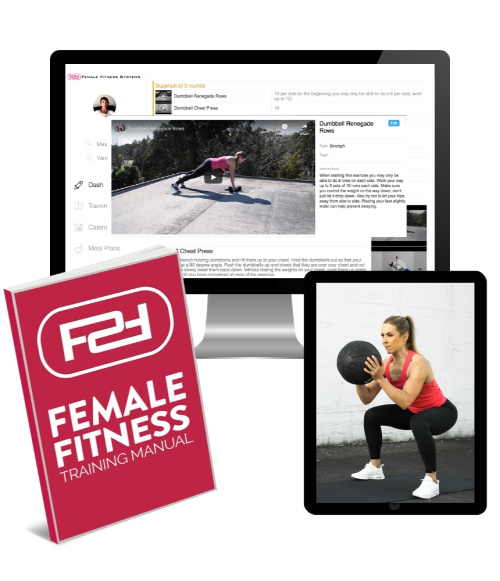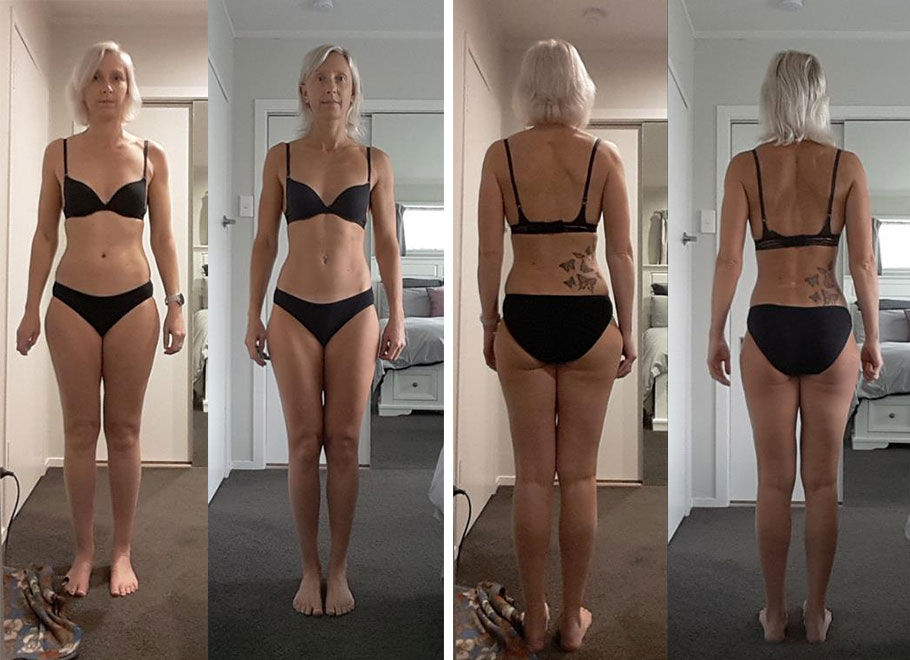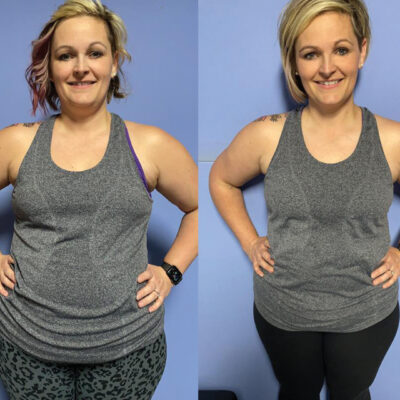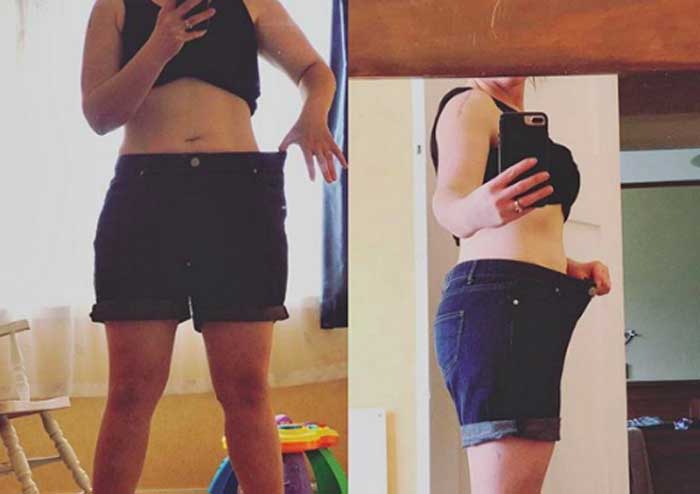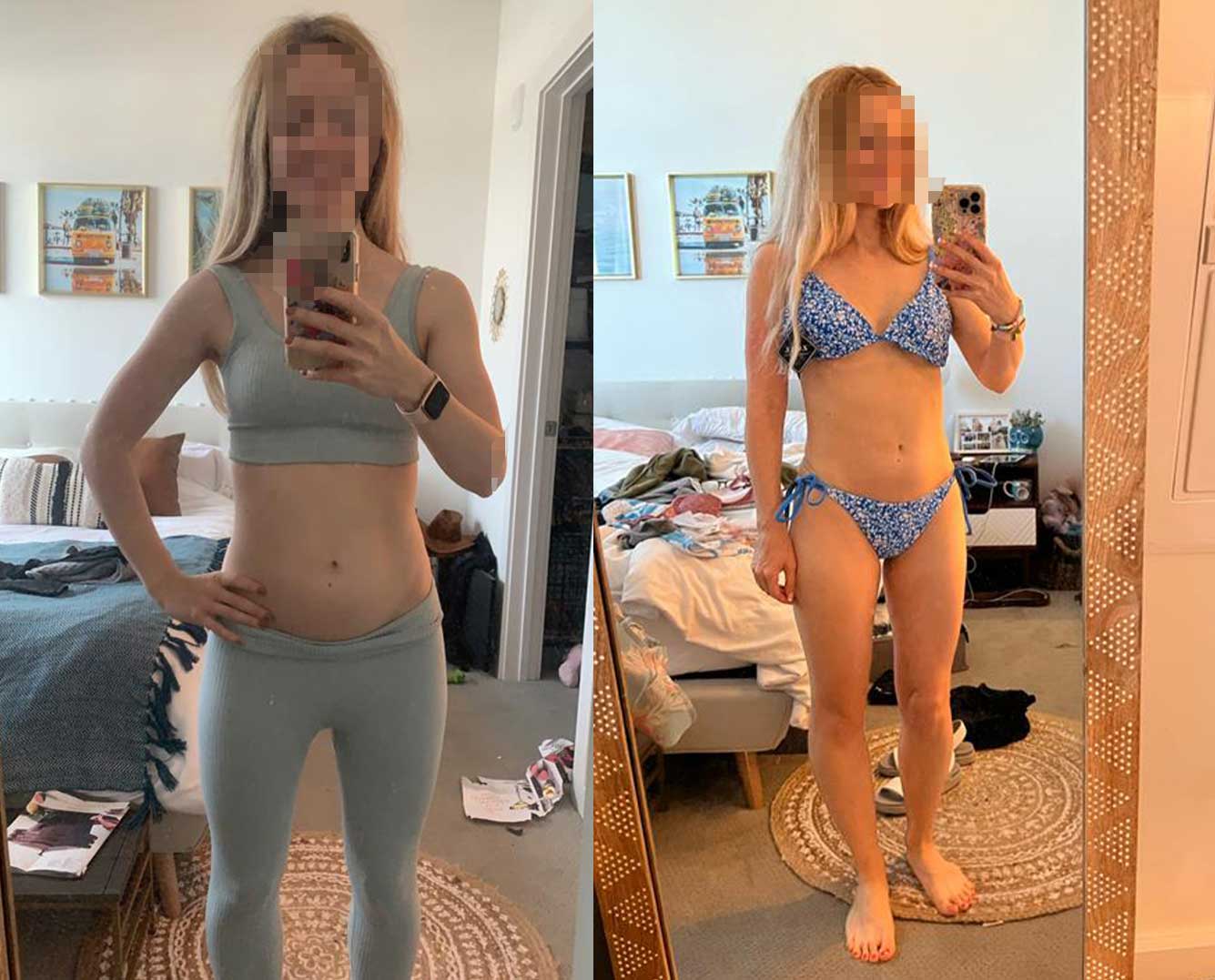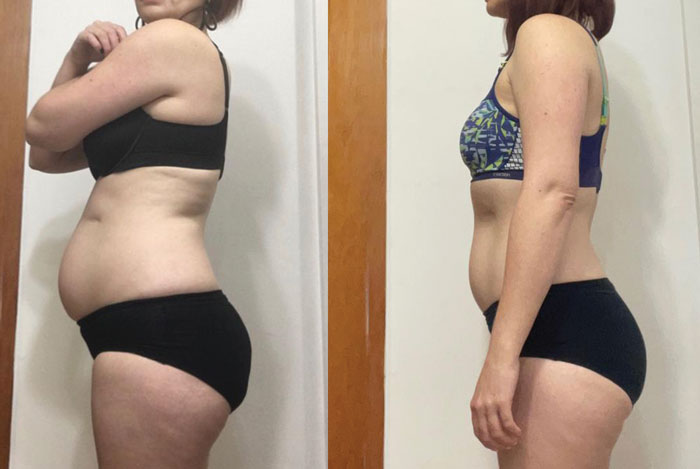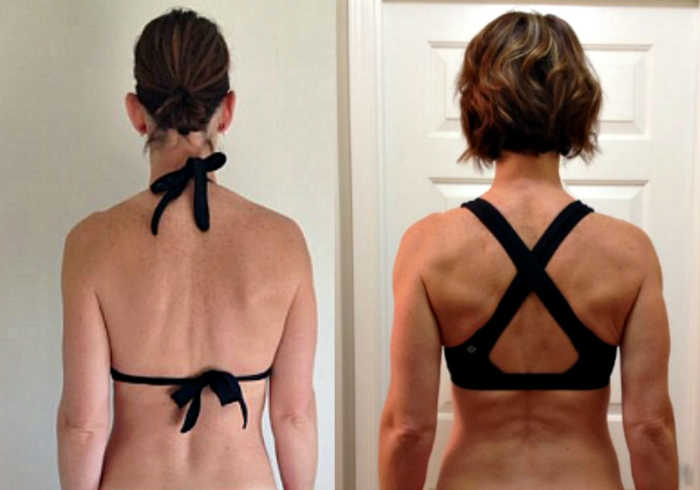If you want better results in the gym, there are certain concepts and techniques you need to understand. As women I think our approach to the gym is largely emotion based – we go when we feel motivated, we stick to what we enjoy and feel confident with and we are driven by weight loss. The irony is that if we trained more like men, we’d get better results.
Now I usually say we need to train like women – and that’s true in terms of the exercises we choose because our goals and bodies are different. However, in general, men approach their training more systematically and logically than women. One of the reasons men train differently is probably due to the large volume of good quality information about men’s training. For women, there’s a serious gap in the fitness industry and no one is teaching us what we need to change our bodies for real (as opposed to quick weight loss schemes that never work in the long run).
You’ll probably be tempted to skip over this article because it doesn’t appeal to your emotions – but you NEED to read this article and you need to understand the techniques discussed. I’ve included lots of videos so you can see the techniques in action.
These are things I wish I would have known the very first day I walked into a gym. This is where the good stuff starts.
Progressive Overload
You’ve probably heard that your goal with weight lifting should be to increase the amount you lift over time. The idea is that your body adapts to what you are doing and to build more muscle, you need to place your body under a stress that it’s not used to (ie. train harder with each session).
This is known as progressive overload and it’s a key aspect of getting results from your training – even if your primary goal isn’t to build huge amounts of muscle and strength.
Here’s an example of progressive overload from a client’s training log that shows her progression over eight weeks on Cable Kickbacks.
Time Under Tension
Time under tension refers the total amount of time your muscles are resisting the weight and is important for building muscle. If it takes you 40 seconds to complete 10 repetitions of an exercise, your time under tension was 40 seconds (assuming you’ve done all 10 reps without pausing and kept constant tension on your muscles).
One of the biggest mistakes I see women making with their training is that they pause at the bottom of a lift or at the top so their muscles go completely slack – they let go of all the tension. Or they wriggle around trying to “shake” things off in the middle of a set. When they do this their sets are basically ruined.
The burning and stress that builds during a set is an important part of changing your body and you need to learn to push through it with as good form as you can manage.
Many of the techniques in this article are about increasing your time under tension (ie. supersets, trisets and dropsets).
Sets & Repetitions
When you first start weight training you’ll probably do three or four sets of 10 to 12 repetitions of a specific exercise. A regular set only has one exercise done for a certain amount of repetitions (ie. you complete 10 repetitions of a dumbbell shoulder press and that’s one set).
While this is the basic structure of many programs, you certainly aren’t limited by it and once you are more advanced you can start mixing things up by including more sets at certain times and for certain muscles. There are also advanced ways of performing your sets – for example, using supersets and trisets – which I’ll explain in the following sections.
Supersets
To perform a superset do two exercises back to back and only rest after completing them both. It’s important to transition between each exercise as quickly as possible.
Supersets can be done for the same muscle group or it’s also common to work opposing muscle groups in a superset (ie. complete one exercise for biceps and one exercise for triceps before resting).
Supersets are also appealing if you are short on time but it’s important that you allow yourself enough rest between supersets so that you can continue to lift heavy on subsequent supersets. In my experience most women don’t rest long enough because they think they need to continually keep moving to get the most out of their workout. However, resting means you can recover enough to lift heavy in subsequent rounds and that’s important if you want to build muscle.
Trisets
Trisets are similar to supersets where exercises are done back-to-back without resting, but with trisets you do three exercises before resting. With trisets we want to keep tension on your muscles for as long as possible so if you need to transition to heavier or lighter weights, do so as quickly as possible.
Drop Sets
Drop sets are a technique where you perform an exercise until you can’t anymore (failure) and then decrease (drop) the weight to perform an additional set (or sets). Transition to the lighter weights as quickly as possible because the idea is that you are extending the amount of time your muscles are working.
There is also something known as mechanical drop sets where you don’t decrease the weight but you change the way you do the movement so that it gets easier as you go (ie. going from sitting to standing usually makes movements easier).
(Note: In this video I didn’t go to failure for the purposes of keeping the video shorter but you get the idea.)
Failure
Failure sounds bad – but it’s actually a good thing when it comes to weight training. Failure means you aren’t able to complete another rep.
If you are hitting failure early on in a set, for example before the fifth rep, then the weight is too heavy. If you hit failure around reps 8 to 10, then you are probably using the right weight.
You don’t need to hit failure on every exercise and hitting failure too often can overtax your body and hamper your results. However, hitting failure on your last set every now and then is a good strategy. If you never hit failure, then you likely aren’t training hard enough and/or using proper form.
Isometric Exercises
An isometric exercise involves producing force without moving any weights. There are two types: yielding and overcoming isometrics. With yielding isometrics you attempt to hold a weight at a certain point and stop it from moving. With overcoming isometrics you try to push or pull an immoveable object.
Isometrics are typically used to pre-fatigue muscles before doing a set or just after finishing your last set to fully fatigue your muscles. Choose a weight that you can hold for about 20-60 seconds. If you can hold it longer than 60 seconds you need to go heavier.
For those of you training in a home gym without access to heavier weights, doing some isometrics can make your lighter weights feel heavier. For example, if doing 10 repetitions of bicep curls with 6kg weights is too easy you could do an isometric hold with heavier weights, drop them and then do 10 repetitions with 6kg. This will make the 6kg feel a lot heavier.
Eccentric Training
Eccentric training is also known as “negative” training. When you lift a weight there are two phases: the concentric phase (the lifting) and the eccentric phase (the lowering). Usually you are stronger on the lowering portion so eccentric training allows you to lift heavier than you normally would.
Most people don’t think about the lowering part of an exercise. In fact, they usually lose tension on the muscle by passively lowering the weight and focusing only on the lifting part. However, the eccentric part of an exercise is equally important and emphasizing it is a strategy used by advanced lifters.
It’s a great technique if you have a trainer or a partner who can help you lift the weight and then you slowly lower it. However, you can also swing the weight into position (as long as you can keep reasonably good form and control when doing so) and then slowly lower the weight.
You need to choose a weight that is a struggle to lower and actively fight against the weight lowering. You should only be able to do a couple negatives with the weight you’ve chosen otherwise it’s probably too light.
Let’s Get Serious
Training is about so much more than jumping from program to program just because the cover model looks good and “inspiring”. If you aren’t following a properly designed program for women’s bodies then you aren’t going to get the results you want. If you’ve got a trainer but you aren’t being taught these techniques – especially basics like time under tension – then I’d question whether you’re investing in the right coach.
In my training programs I teach these concepts and more, so if you want some help, get in touch anytime with questions or to start right away. Remember I can work with all levels and teach you how to train properly whether you want to train at home or the gym.
In the meantime, try some of these techniques, train hard and let me know what you think!
You can learn more about online training here.




